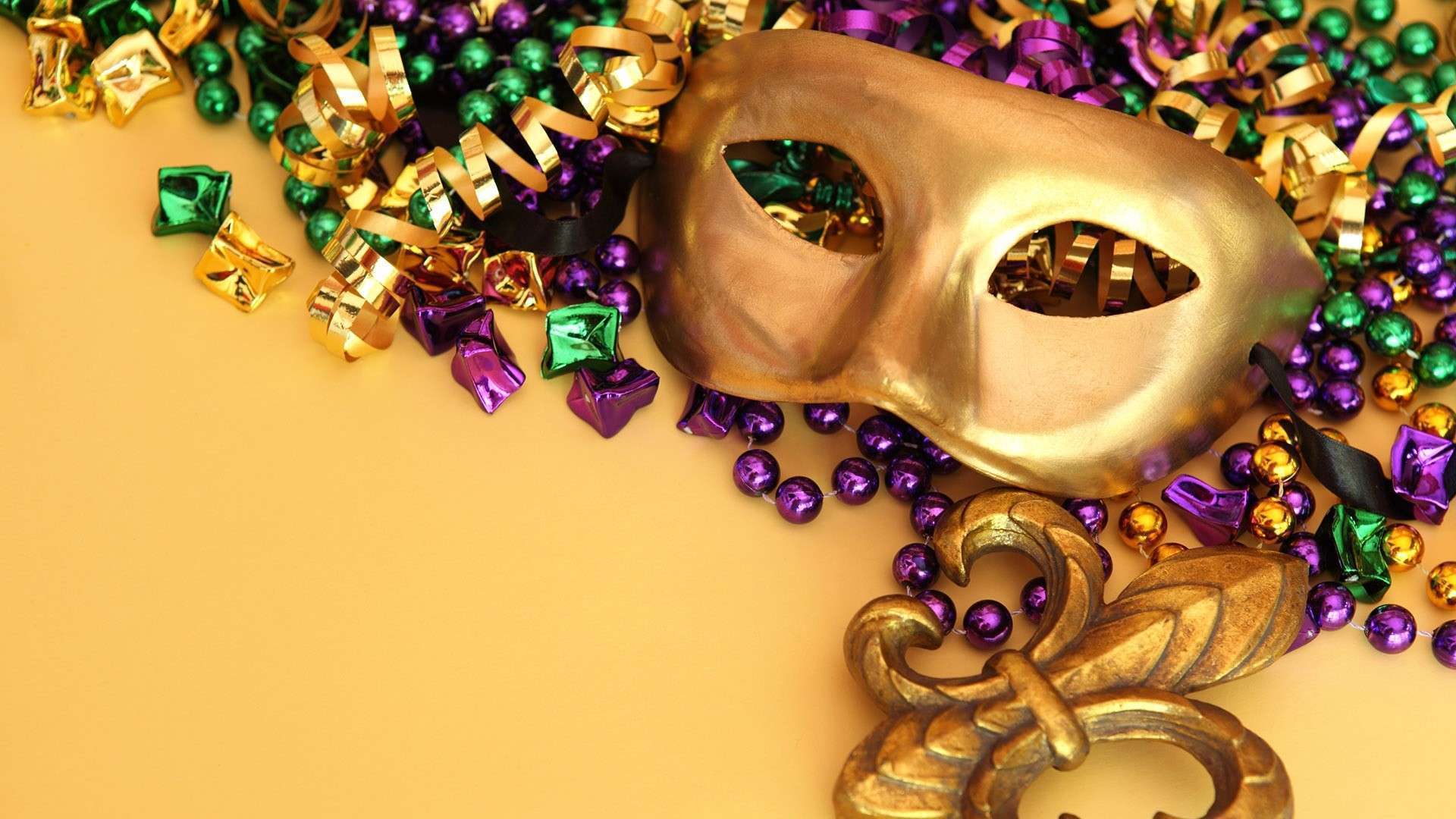- Your cart is empty
- Continue Shopping

History of Carnival in Rio: a journey through time
The Rio de Janeiro Carnival It is one of the most famous and vibrant festivals in the world, attracting millions of visitors every year. However, the history of this celebration full of colors, music and dance is deeply rooted in Brazilian culture and has roots that go back centuries. Let's take a trip back in time to explore the fascinating history of Carnival in Rio.

Origins of Carnival in Brazil
The origins of Carnival date back to harvest celebration rituals and pagan festivals that took place in Europe. With the arrival of Portuguese colonizers in Brazil, these traditions were brought to the colony. However, over time, Carnival in Brazil transformed, absorbing African and indigenous influences to become a unique and diverse festival.
19th Century: Masquerade Balls and Carnival Polkas
In the 19th century, Carnival in Rio de Janeiro began to consolidate itself as a popular festival. Masquerade balls, inspired by European customs, became prominent social events. Carnival polkas, a mix of European music and African rhythms, began to liven up the festivities.
1920s: The Arrival of the Samba Schools
It was in the 1920s that the current format of the samba school parade began to emerge. The first samba schools were founded, bringing a more organized and competitive approach to Carnival. The pioneer was Deixa Falar, which later became Estação Primeira de Mangueira.
1930 to 1950: The Golden Age of Radio and Marchinhas
In the 1930s to 1950s, radio played a crucial role in the dissemination of carnival music. Marchinhas, lively songs with often satirical lyrics, became popular during this period. Artists like Carmen Miranda gained prominence, contributing to the internationalization of Brazilian Carnival.
1960 to 1980: The Rise of the Samba School Parade
The 1960s to 1980s saw the peak of the samba school parade. The Sambadrome, designed by architect Oscar Niemeyer, was opened in 1984 to host the parades. Schools such as Mangueira, Salgueiro and Portela stood out, shaping the fierce competition that characterizes Rio's Carnival.
1990s: Globalization and Transformations
The 1990s brought significant changes to Rio de Janeiro Carnival. With globalization, the festival began to attract more international tourists, consolidating its position as one of the biggest cultural events in the world. The emergence of new musical styles, such as samba-enredo, contributed to the evolution of carnival music.
21st Century: Innovation and Diversity
In the 21st century, Rio Carnival continues to evolve, incorporating new trends and promoting diversity. In addition to samba school parades, new forms of celebration have emerged, such as street blocks, which attract crowds with their themes and catchy music.
Tradition and Renewal
Rio de Janeiro Carnival is a celebration that balances tradition and renewal. Deep cultural roots coexist with constant innovation, creating a party that resonates with people of all ages and backgrounds.
The history of Carnival in Rio is a fascinating journey that spans centuries. From its modest origins to today's grandiose parades, Carnival continues to be a vibrant expression of Brazilian culture. By embarking on this journey through time, we can appreciate how this magnificent festival became one of the most emblematic and beloved in the world. May Rio de Janeiro Carnival continue to shine, celebrating the joy, diversity and tradition that make it unique.

